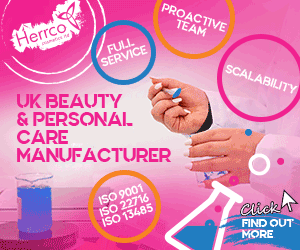Cellular senescence – defined as irreversible cell cycle arrest – is one of the frontiers of research into ageing and age-related diseases.
It is a phenomenon affecting virtually all aged tissues in the human body, including our skin and, as such, the topic has attracted the attention of beauty brand owners and cosmetic ingredients manufacturers alike.
This time last year, the Estée Lauder Companies announced that it was collaborating with a biotech company – the aptly named Atropos Therapeutics – to identify and develop senescence-modulating chemicals.
The joint development’s aim was said to be the discovery of senomodulators from the botanical space for use in personal care products.
In November, meanwhile, Amorepacific published research, in collaboration with the Department of Bio and Brain Engineering at KAIST (the Korea Advanced Institute of Science and Technology), titled ‘Inhibition of 3-phosphoinositide–dependent protein kinase 1 (PDK1) can revert cellular senescence in human dermal fibroblasts’.
Moreover, in recent months, several skin care-focused active ingredients have launched to much fanfare around their claims of either preventing skin cell senescence, modulating senescent skin cells’ damaging secretions, or both.
But, what exactly is cell senescence? And what are the wider implications of research into this facet of ageing?







